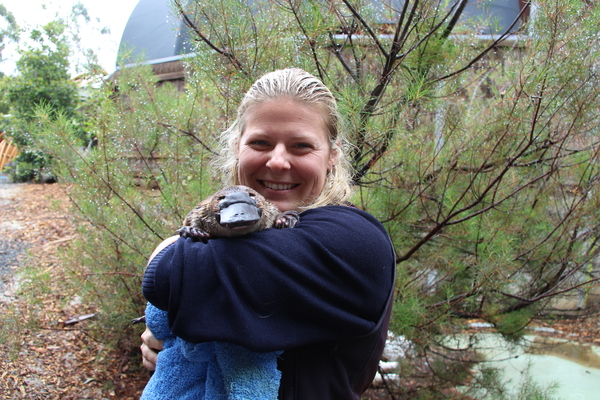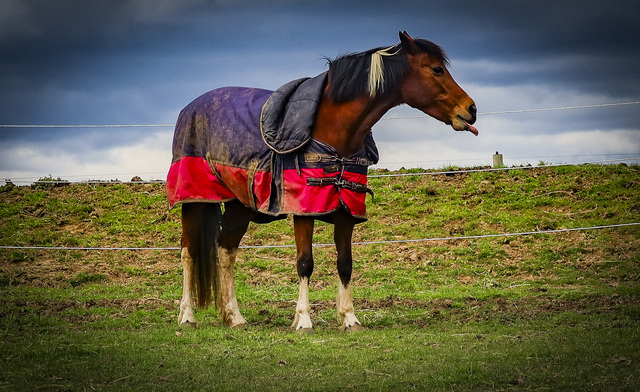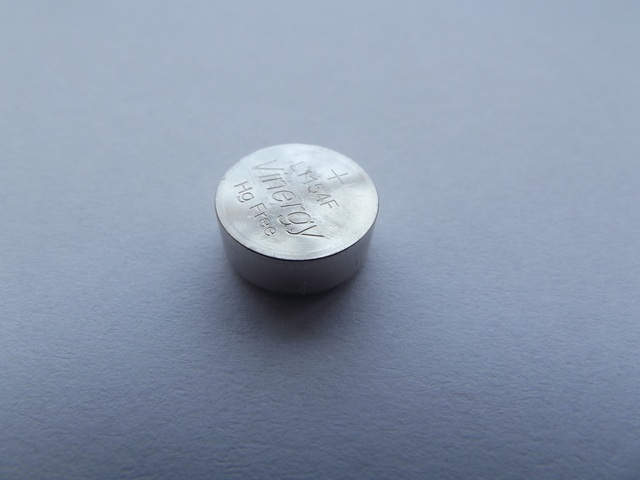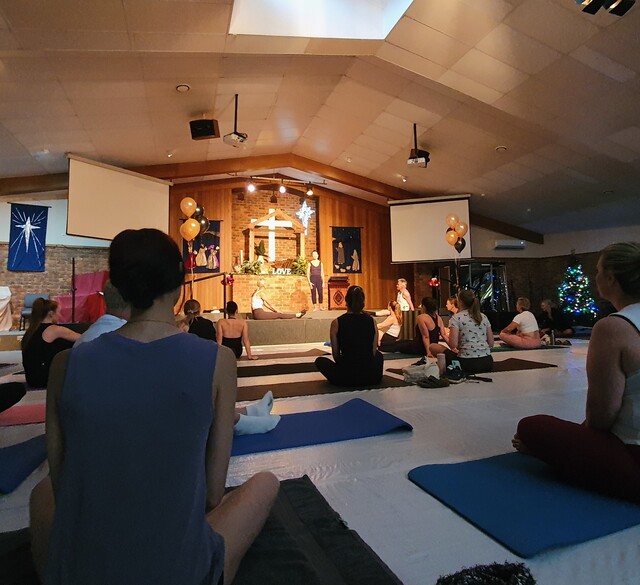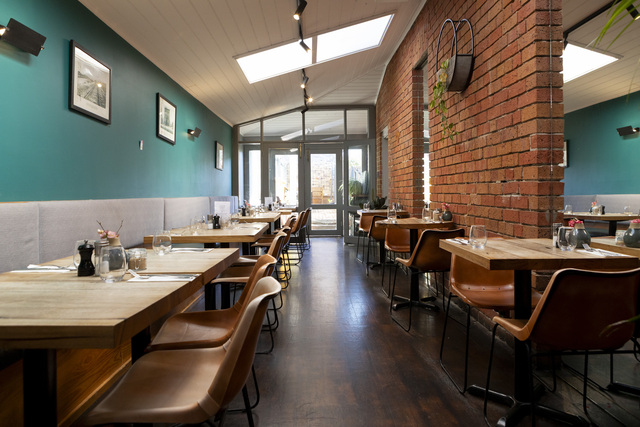Dr Jessica Thomas couldn’t find anyone to answer her questions about the platypus.
So the Healesville Sanctuary keeper decided to find the answers herself.
Dr Thomas graduated with a PhD in platypus biology in December last year.
The journey started with a hand-reared the monotreme named Millsom.
“When you start as a zookeeper you need to take whatever contracts are available,” she said.
There was a vacancy on the platypus team at Healesville so she took it on thinking it’d “be alright”.
She met Millsom.
“I thought he was the best thing I’d ever seen, from his appearance to his personality,” she said, her face lighting up.
“The more questions I asked about them, the more I realised there weren’t the answers.
“No one knew the answers to my questions.
“I realised that if I wanted to find answers I had to work out the answer for myself.
“Originally I went to the written scientific literature and had a look and got in contact with a few field researchers who’d be studying them out in the wild for most of their lives.
“They had some ideas but they didn’t know about their breeding biology, which is one of the things we were working on here.”
Some of the other keepers at the sanctuary shared some observations but nothing measured.
“Human perception can often not be the same as a measured result, but it was a starting point,” Dr Thomas said.
“The keepers here, a lot of what they’d seen them doing was stuff field researchers had never seen in 40 years.”
There was an untapped knowledge base at the zoo.
Dr Thomas said a lot of the newer staff had university study behind them, but zoo keeping was traditionally a trade.
“So a lot of that information from a long time ago never got published. A lot of that information dies with the keepers,” she said.
She spent six years researching and writing a 250-page thesis with a focus on platypus breeding.
“I studied every aspect of the breeding season that they go through,” she said.
“Diet and food preference as it changed across the seasons, how much energy they needed…
“I studied breeding interactions between males and females, how much time was spent in courtship, and mating behaviours.
“The most important thing I found was the females actually control the breeding encounters.”
Dr Thomas explained that the males were bigger than the females, venomous and territorial.
“She has several different strategies to protect herself until she’s ready to mate,” she said.
“One is to reduce her activity, spending more time sleeping.
“She can change her sleeping pattern so she’s awake during the day while the male is asleep.
“She also flight uses a flight response – she will leave the area. So having a large space for them is really important.”
The female platypus uses courtship to assess the qualities she’s looking for in a mate.
Dr Thomas discovered that to do this, they swam around in same pond without making contact.
“Only when they’re ready to mate, the go in,” she said.
“I answered a lot of questions about how these animals breed and what I need to look for in the breeding program.
“Some years they breed and some years they don’t.
“When they don’t you don’t know why.
“Perhaps I still don’t know why, but I’ve got more ideas about what to do.
“All up I found that breeding, even for a year, for a female platypus is incredibly expensive for time and energy for them.”
She has to eat a huge amount of food to control the breeding encounters, build a nest, feed her young milk and give them care.
Dr Thomas studied a wild Badger Creek population as well.
“The young hang around in mum’s territory for one to two years, eating her food resources,” she said.
“You breed slowly, invest a lot in the few offspring you have, and they’re more likely to survive to be an adult, more likely to breed and pass on your genetics.
“Maybe that’s why they don’t breed every year – they’re not supposed to.”
She wants her research to help other zoos to improve their programs.
Dr Thomas always wanted to work with animals.
“I think like many young women I wanted to be a marine biologist,” she said.
“Then I discovered that 98 per cent of marine biologists studied seaweed.”
She had a quirky lecturer at the time – who ended up being PHD supervisor – who was fascinated by Australian animals.
“I became hooked on those,” she said.
She said the zoo was keen to support more research.
“For the moment I’m doing more mindless jobs, like scraping algae, and enjoying spending a bit more time with the animals,” she said.
She wants to look at how juveniles interact with their mother.
“It will influence how we manage the young that we breed here,” she said.

